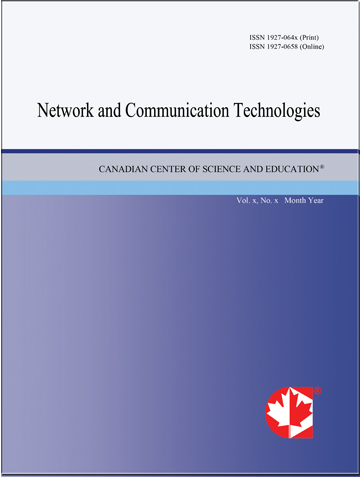Predicting the QoE of Video Streaming in Communication Networks
- Giuseppe Iazeolla
- Sonia Forconi
Abstract
The Video streaming QoE (Quality of Experience) index consists of a series of qualitative factors that are difficult to measure. On the other hand, other Video streaming indices, such as the KPIs (Key Performance Indicators) are easily and physically measurable. This paper introduces a method to predict QoE based on KPIs measures in (wired or wireless) communication networks. Besides the possible academic interest, the method may practically be of interest to the network operator. Indeed, to ensure compliance with the SLA (Service Level Agreement) he would like to predict how the QoE can change as a consequence of a new network management alternative. To perform prediction, the problem is that the network operator first needs to know how the KPIs would change due to the alternative, and then find a way to derive (say mathematically) the QoE from the new KPIs. The contribution of this paper is a simulation/mathematical approach to solving the problem. First, a simulation method is introduced to know how the KPIs would change as a consequence of the new alternative, and then a valid KPI/QoE mathematical relationship is introduced to derive the new QoE from the new KPIs. The paper is organized as follows: in Section 1 an introduction is given to the definition of QoE in Video streaming. In Section 2 the status of the art from the literature on the KPI/QoE mathematical models is dealt with, and a valid model is identified that derives the Video streaming QoE from the network KPIs. In Section 3, a simulated network is introduced to know how the KPIs would change as a consequence of a new network management alternative. Finally, Section 4 uses the identified mathematical relationship to predict the Video streaming QoE from the measured KPIs. The considered application is an LTE (Long Term Evolution) network, but the approach can be extended to any communication network, wired or wireless from 3G onwards.- Full Text:
 PDF
PDF
- DOI:10.5539/nct.v8n1p38
Journal Metrics
(The data was calculated based on Google Scholar Citations)
1. Google-based Impact Factor (2021): 0.35
2. h-index (December 2021): 11
3. i10-index (December 2021): 11
4. h5-index (December 2021): N/A
5. h5-median (December 2021): N/A
Index
Contact
- Bruce LeeEditorial Assistant
- nct@ccsenet.org
